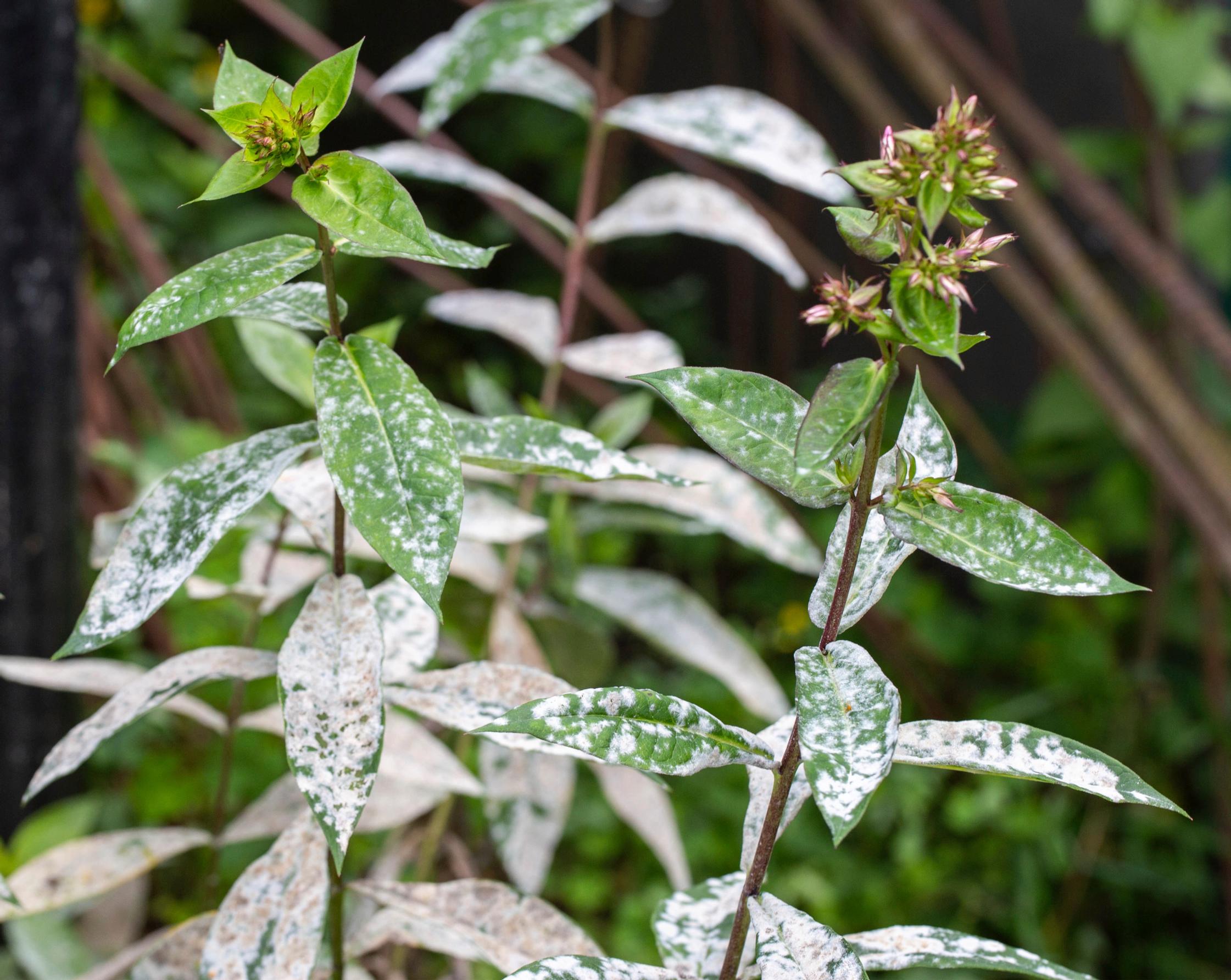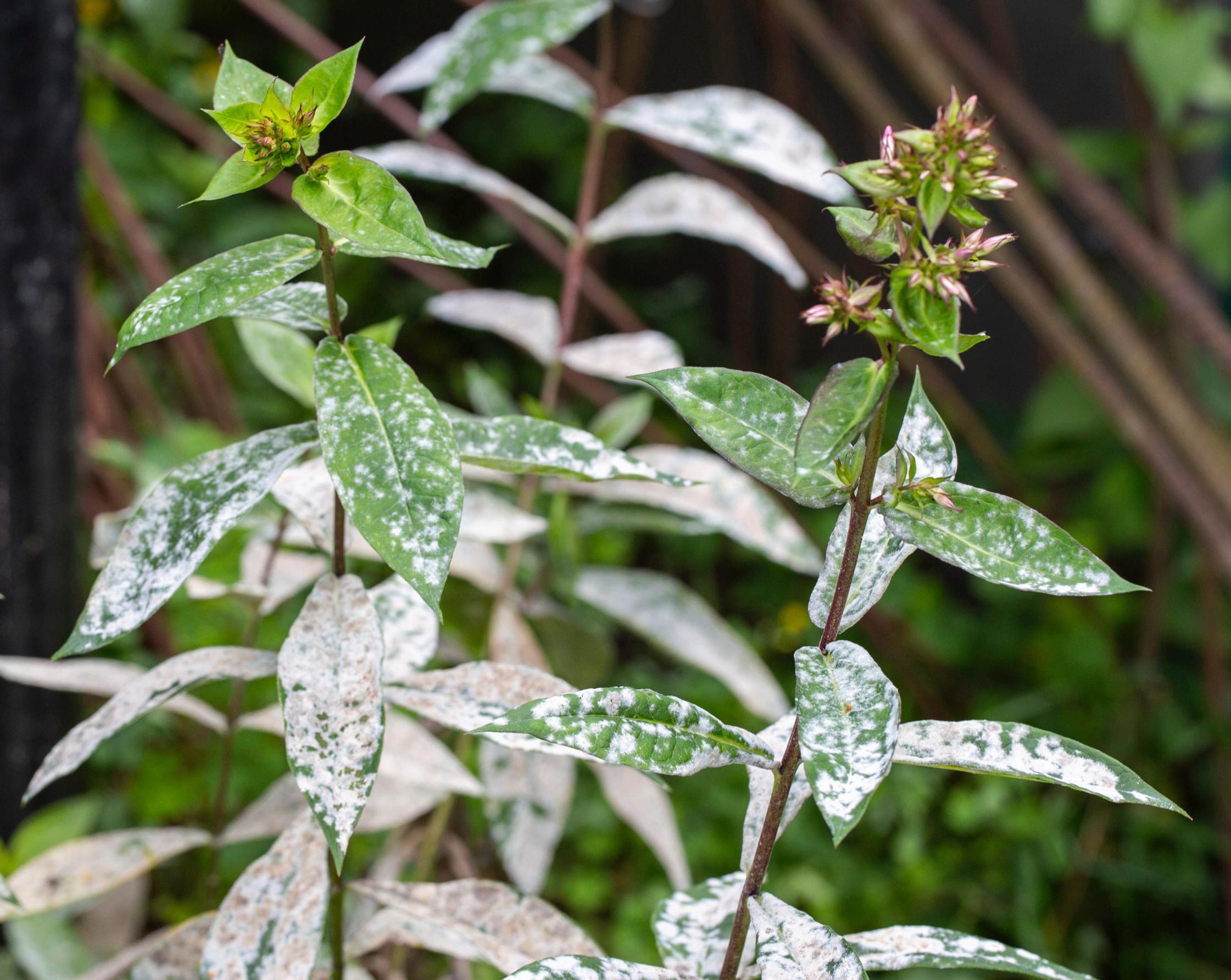
Conquer powdery mildew: top tips for a healthier late-summer garden
Powdery mildew is a fungal disease that especially targets certain plants, including phlox, blackcurrant, and maple. Learn how to spot powdery mildew and control it effectively.
What is powdery mildew?
Powdery mildew is caused by multiple fungal species. The fungus is parasitic, drawing its nutrients from inside the plant cell. It forms a white or gray coating on leaves, stems, and flower buds, which hinders photosynthesis and lowers the plant’s ornamental value. The coating can be thick or thin, but it comes off if rubbed.
Which plants are affected by powdery mildew?
This fungal disease troubles many plants, including blackcurrant, honeysuckle, roses, pea shrubs, and maples. It commonly appears on perennials such as phlox, asters, delphiniums, and monkshood, and among edibles it often affects cucumbers, squash, and strawberries.

This disease is especially aggressive toward soft plant tissues. For instance, young maples may suffer from powdery mildew in their early years. Heavy pruning of pea shrubs promotes new, mildew-prone shoots. It’s also wise to avoid too much nitrogen fertilizer for the same reason.
When does powdery mildew strike?
For infection to take place—and for many species to produce spores—powdery mildew needs sustained high humidity. Rainy, cool weather, dense plantings, and sheltered locations all make powdery mildew more likely.
Controlling powdery mildew—3 methods
1. Water properly. Always water at the base of the plants instead of spraying from above, as foliage that stays wet maintains high humidity for a prolonged period.
2. Plant in a suitable location. Depending on the conditions, the same plant can remain healthy or succumb to powdery mildew. A well-ventilated spot with soil that retains moisture can help plants like phlox and avens avoid mildew symptoms. If improving the site and conditions doesn’t help, consider switching to a mildew-resistant variety.
A plant can be fully or partly resistant to powdery mildew. Partly resistant species might suffer when young or in poor conditions yet stay healthy otherwise. Even a fully resistant variety isn’t always safe, because mildew fungi evolve constantly.
3. Boost the plant’s natural defenses. There’s no cure once powdery mildew takes hold, but you can lessen symptoms by strengthening the plant’s defenses. Repeated treatments with plant-based extracts or milk should start before any signs appear. Horsetail is approved as a basic substance in Finland and can be used to control powdery mildew on many plants. Its stems make good mulch, and you can also brew them into an extract. Also among basic substances, is milk, which is suitable for controlling and slowing powdery mildew on squash and cucumbers.
See more detailed instructions on using horsetail and milk in Finland on the Tukes website. Among the available plant protection products, Carbon Kick, which contains refined canola oil, is approved for Finnish home gardeners.
Sources: Researcher Petteri Karisto, Natural Resources Institute Finland (LUKE) Plant Health, Tukes.fi, and Kemidigi.fi.
This article was updated on August 18, 2025, to include essential information on powdery mildew and its control. It was originally published in Finnish on July 29, 2015. Always follow your local guidelines, regulations, and legislation regarding plant pest and disease control.


